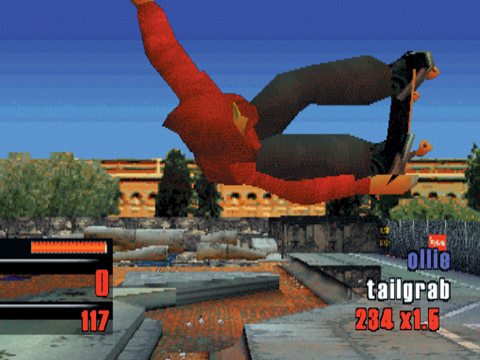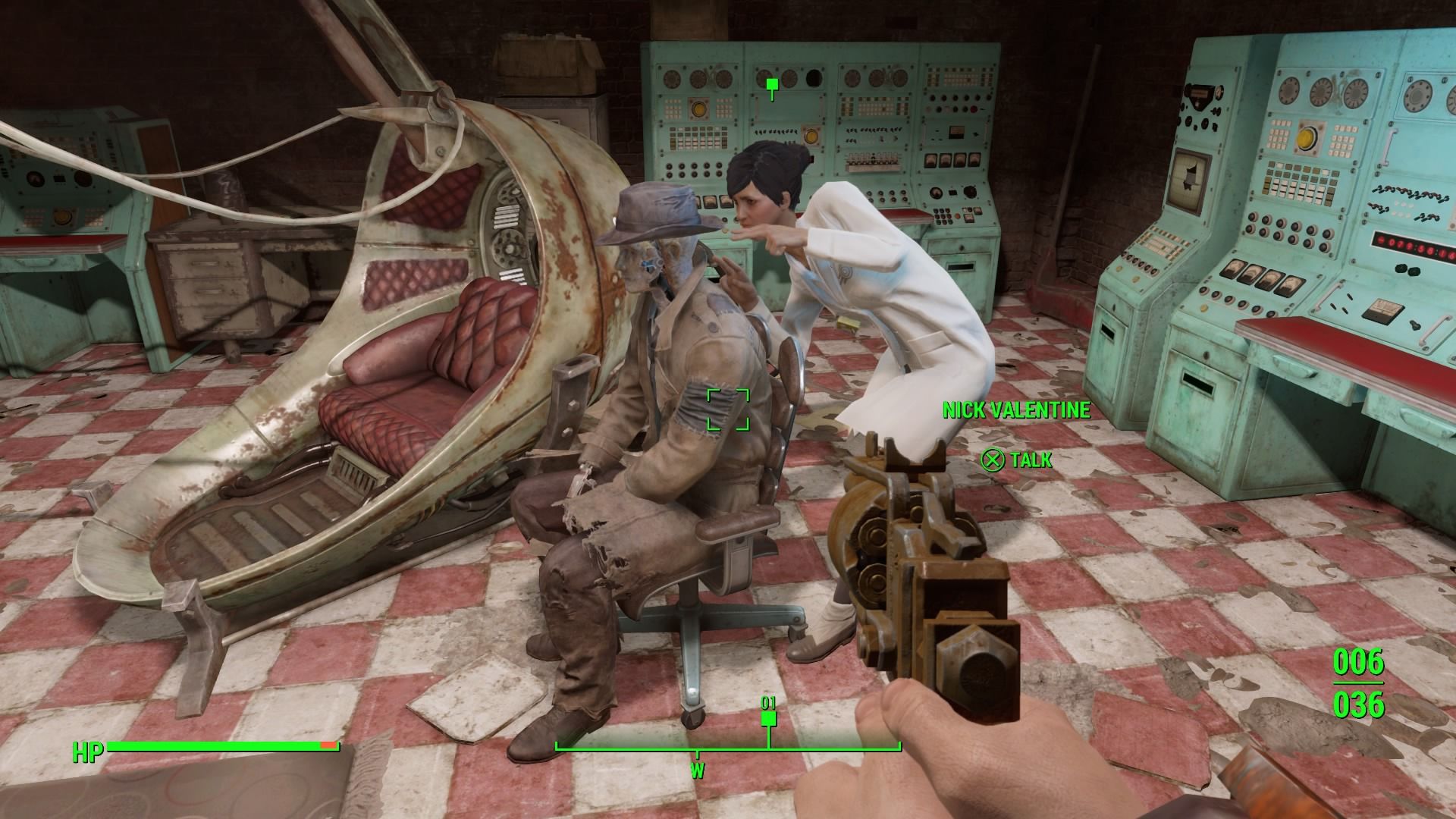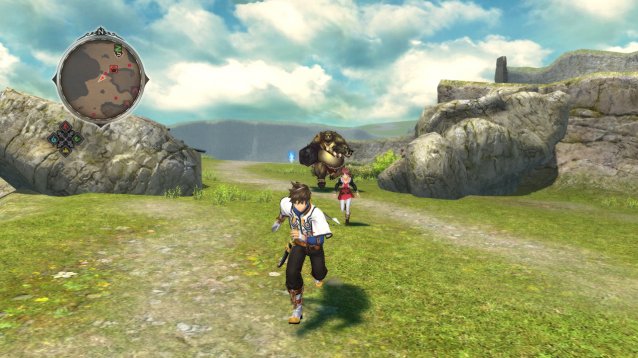

I am a seasoned gamer. Having now amassed some 27 years in the field of games-playing, I have experienced all manner of emotions when playing certain games. I have felt repulsion, anger, fear and triumph in games before, but I don’t believe I have ever felt so alone, so sad, so isolated and so genuinely unsettled as I did during my time with Limbo.
For the uninformed, Limbo is a puzzle-platformer, developed by Danish newcomers Playdead Studios. Currently it is available exclusively on Xbox Live Arcade, and is the first title in Microsoft’s Summer of Arcade 2010 season.
As the name suggests, Limbo exists in that fretful place between nightmare and wakefulness. Taken from the Latin word ‘Limbus’, it literally means ‘the edge of hell’. Fittingly, the game is a dream-like fugue of jagged industrial machinery and haunted, hostile forests, filled with horrors both physical and psychological.
You play a nameless boy whose dark shape is given character only by the style of his movement and his bright, white eyes. You wake on the forest floor at the edge of hell, knowing only that you wish to find your sister.
At its heart Limbo is a 2D side-scroller that deals almost exclusively in dark, featureless shapes to convey your surroundings. The puzzles within the game are predominantly environmental in nature, but give way to more time-sensitive skill-plays as the game progresses and the environments become more hostile. Peppered throughout, however, are a multitude of ‘gotcha’ death-traps that teach by trial and error.
Limbo‘s control scheme apes the simplistic nature of the game as a whole. All functions have been whittled down to three activities: movement, jump and use. Your time within Limbo will be spent running, jumping, grabbing ledges and pushing and pulling objects to solve puzzles as you search for your sister.
The game’s design is solid, tight and focused in ways most good indie games are, but its production value is of the highest quality. The animation is worthy of a Disney feature, the visuals are subtle yet expertly communicative, and the sound design is on par with any of Howard Shore’s more atmospheric soundscapes. No facet of the game is surplus to the overall experience, and nothing seems even an inch out of place or unnecessary. Everything, the visuals, the sound, the animation and the puzzles, all fit the aesthetic feel of the game, and together serve to deliver a haunting and distressingly sad experience that is also a lot of fun to play.
The key triumph of Limbo over other games offering a similar play style is how it gives very little, yet evokes so much. Limbo‘s core is that of any other puzzle game, but its aesthetic execution demands your emotional involvement, putting you in a different head-space altogether. This in-turn lends more gravity to your actions and makes everything you do more meaningful. When you are this invested in your predicament every puzzle solved becomes another step toward salvation, and every monster defeated is a fear conquered.
Another major triumph that sets Limbo apart from its peers is in the simplistic and wordless way it conveys absolutely everything. The basic outlines of shapes within the game world are expertly crafted to convey their mechanics, be they dangerous objects to be avoided or items or structures you can manipulate. Though there is no music to speak of, the haunting soundscape underscores everything you do, pulsing and thrumming in subtle ways that put you on edge and set your hairs on end, only to swell suddenly, emphasizing some newly-revealed horror.
Not a single word is spoken throughout the game and yet Limbo‘s atmosphere draws on many childhood fears of mine. I found myself on many occasions so affected by the world that my inner child wanted to cry in total despair. That childhood fear of being lost and alone in a hostile place is very much present and well-realized, though I couldn’t tell you exactly what component of the game causes it. The monochromatic visuals mix sharp silhouettes in the foreground with hazy blotches of shapes and shadows in the background, and the edges of the screen are vignetted, giving everything a claustrophobic feel. Over all of this the light saturation levels constantly flux, invoking that old-timey 1930’s video film quality. Everything about the place you are in feels unnatural and sinister.
The way in which the nameless boy runs, white eyes blinking, portrays him as eager and innocent at heart, which makes his hopeless plight all the more saddening and his deaths heartbreaking. The few other children seen occasionally in the first half of the game convey such unnatural hatred in their actions. They patiently watched me from afar as I walked, oblivious, into one of their hideous traps, only to run away once the trap was sprung and I lay in pieces.
Did I enjoy the game? Yes and no. The puzzles are often ingenious and of that rare high quality we normally don’t get to see. More often than not, the solution to a seemingly unsolvable puzzle gradually became more apparent as I stared at the elements in front of me and began experimenting outside of normal gaming conventions. Granted, a few puzzles are of the ‘box-on-pressure-plate’ variety, but even in these scenarios the physics of the objects around me had to be leveraged in unique ways.
The learn-by-death sections of the game, of which there are plenty, did not sit well with me. I fully understand that letting the main character die as often as he does is a deliberate inclusion and serves to illustrate how unforgiving the world of Limbo is, thus increasing the overall tension of the player. That said, the sheer amount of cheap deaths in this game had me gritting my teeth and reaching for the off-button on several occasions. All the ambiance in the world couldn’t sustain my good faith at times. This also extends to the occasions when the dark platforms and nondescript edges of foreground art assets combined, likely by design, to block my view at essential moments when I needed to, say, stand at the absolute edge of a precipice or time a jump exactly so as to hurdle over a spinning circular saw. The deaths that came about during these scenarios felt cheap and unjust and angered me profusely. The wealth of forgiving checkpoints in the game, however, almost make up for it. Almost.
As far as pace is concerned, the first half of Limbo‘s 25 chapters are somewhat more coherent and soulful than the latter. The troughs and valleys of horror, puzzle and discovery are more evenly paced during these chapters and the game is generally a little more enjoyable to play. The latter half eschews the personally-antagonistic feel of the first half, instead focusing on the gameplay mechanics and more environmental hazards. That isn’t to say that the puzzles in the second half aren’t in the same league as those in the first. Indeed, the puzzles become less conventional and more abstract the further you progress. It is only that the first half of the game made me feel as though I was personally being ostracized, hunted and toyed-with, whereas the second half felt like I was pretty much alone with the puzzles in an far emptier world.
I have seen talk on Twitter and other websites that liken this game to Braid. I don’t know what your personal feelings on Braid are but, for me at least, Braid fell way below the cultural darling everyone claimed it to be. Braid took an extremely intelligent gaming mechanic and over-burdened it with pomp and whimsy to such a degree that it pushed me away. By contrast, Limbo takes existing gaming conventions and, through its ambiance, taps into a primal discomfort that connected me to my character in ways few games have, thus giving the nameless boy’s actions more importance than these existing gaming conventions normally would.
At 1200MS/$15 I find it hard not to recommend Limbo to any and all Xbox 360 owners. It is a four-hour slice of hell, filled with fear, sadness and despair, but its execution is so well-realized that passing this game up is tantamount to treason. Roger Ebert said games can never be art. I say that this game disproves him in ways Braid never could. As a gamer, you owe yourself this experience.
Limbo released July 21, 2010 as an Xbox 360 exclusive and later released for PC, PS3 and other platforms.




 4 Games From Rockstar That Are Nothing Like Grand Theft Auto
4 Games From Rockstar That Are Nothing Like Grand Theft Auto Four Game Industry Fights and Feuds in 2013
Four Game Industry Fights and Feuds in 2013 Halo Wars 2 Wiki – Everything you need to know about the game .
Halo Wars 2 Wiki – Everything you need to know about the game . Fallout 4: Dangerous Minds walkthrough
Fallout 4: Dangerous Minds walkthrough Tales of Zestiria & An Analysis of Adventure
Tales of Zestiria & An Analysis of Adventure